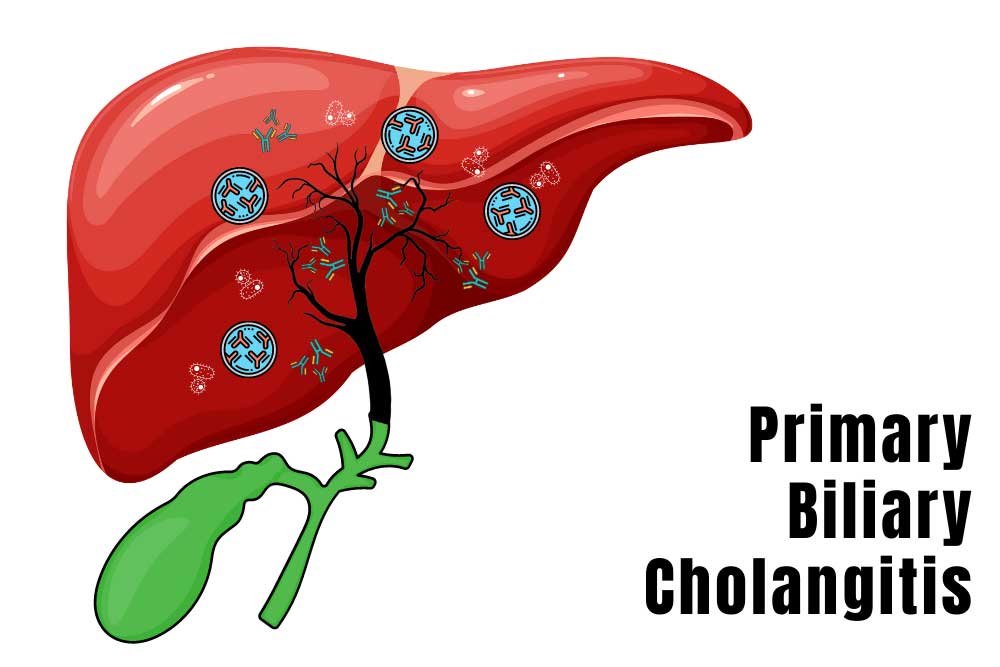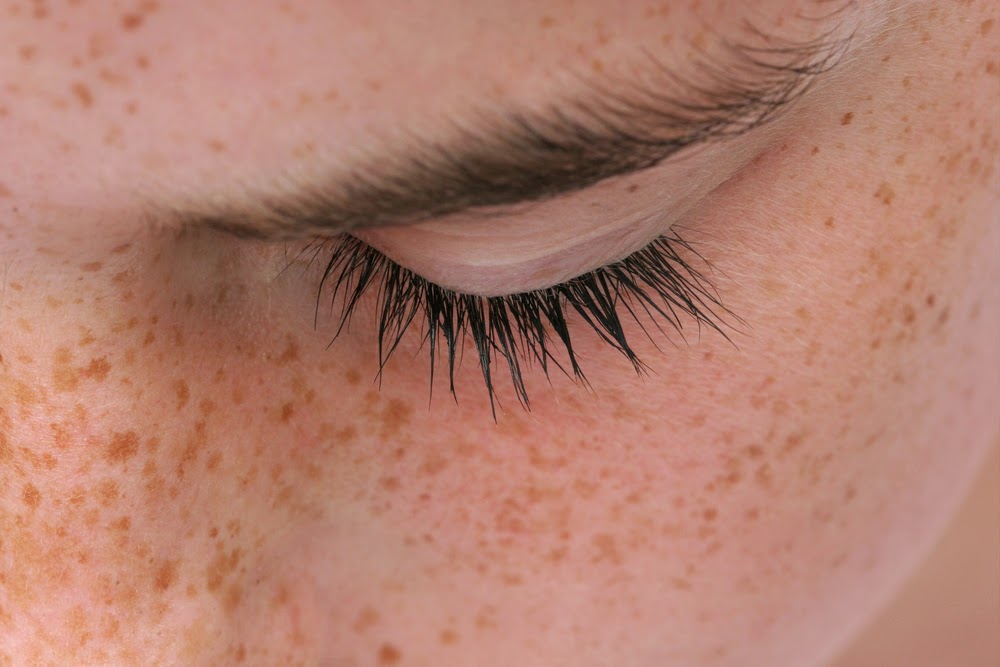Primary sclerosing cholangitis (PSC) is a chronic liver disease characterized by inflammation and scarring of the bile ducts (cholangitis) that can lead to cirrhosis and liver failure. In this article, we will explore what is known about PSC including its causes, symptoms, diagnosis and treatment options.
What is Primary Sclerosing Cholangitis?
Primary sclerosing cholangitis (PSC) is an uncommon chronic cholestatic liver disease of unknown cause characterized by a progressive fibro-inflammatory destruction of both large and small intrahepatic and extrahepatic bile ducts. The etiology and pathogenesis of PSC remain obscure, but it is believed to involve a complex interplay between genetic, environmental, and immunological factors.
Causes and Risk Factors
The exact causes of PSC are unknown, but it is considered an autoimmune disease. Risk factors include:
– Genetics: There is a strong genetic component, with certain HLA genes correlated with increased risk. First-degree relatives have a 5-10% chance of developing PSC.
– Inflammatory Bowel Disease: Over 70-80% of PSC patients have ulcerative colitis. The two diseases are thought to share immunological pathways.
– Smoking: Smoking appears protective against PSC and those who smoke are less likely to develop the disease.
– Genetic mutations: Rare genetic mutations in genes involved in bile acid transport and immune regulation have been linked to PSC in some cases.
– Environmental exposures: There is some evidence that exposures to toxins, infections or other environmental triggers may contribute to onset in genetically susceptible individuals.
Symptoms of Primary Sclerosing Cholangitis
The signs and symptoms of Primary Sclerosing Cholangitis are often nonspecific and subtle in the early stages of the disease. Common symptoms include:
– Itching (pruritus): A very common initial symptom due to cholestasis and bile duct inflammation.
– Fatigue and weakness.
– Abdominal pain, particularly in the upper right area.
– Clay or pale stool color due to reduced bile flow and increased retention of bilirubin in the body.
– Dark urine color due to increased bilirubin.
– Loss of appetite and weight loss.
– Jaundice as the liver disease progresses.
Diagnosis of Primary Sclerosing Cholangitis
Diagnosing PSC requires ruling out other possible causes for bile duct abnormalities through various tests:
– Liver function tests (LFTs): Usually show elevations of alkaline phosphatase and occasionally transaminases.
– Imaging of bile ducts: MRCP or ERCP demonstrate characteristic beading and pruning of bile ducts.
– Liver biopsy: Shows inflammatory infiltrate and fibrosis around bile ducts.
– Liver elastography: Detects increasing liver stiffness as fibrosis worsens.
– Serological testing: Rule out autoimmune hepatitis or overlap with PBC.
Differential diagnoses include secondary sclerosing cholangitis, cholangiocarcinoma and pancreatic cancer. A definitive diagnosis of PSC requires characteristic bile duct abnormalities on imaging in a patient without other known causes of sclerosing cholangitis.
Disease Progression and Complications
Without treatment, PSC progresses slowly over years to decades. As fibrosis worsens, complications include:
– Liver cirrhosis: Develops in over 50% of patients within 10-20 years of diagnosis.
– Liver failure: End stage liver disease ultimately occurs in 30-40% of cirrhotic patients without transplant.
– Cholangiocarcinoma: A rare but serious complication arising in 5-10% of longstanding PSC patients. Screening is done with MRCP/ERCP.
– Colon cancer: Annual colonoscopy is recommended given PSC-ulcerative colitis link. Risk is 2-3x general population.
Management and Treatment of Primary Sclerosing Cholangitis
While there is no definitive cure for PSC, treatments aim to slow progression, manage symptoms and prevent complications:
– Ursodeoxycholic acid (UDCA): Considered first line medical therapy though benefits are modest. May reduce symptoms and biochemical abnormalities.
– Endoscopic treatments: ERCP with balloon dilation or stenting helps relieve dominant bile duct strictures.
– Liver transplant: The only definitive treatment for end stage liver disease and PSC related complications. 5 year survival post-transplant is 70-80%.
– Symptomatic therapies: Cholestyramine, rifampicin for pruritus. Vitamin supplements to prevent deficiencies.
– Monitoring: Regular liver tests and imaging to screen for early cholangiocarcinoma or evaluate response to treatment.
– IBD treatment: For ulcerative colitis patients with mesalamine, immunomodulators or biologics depending on severity.
Prognosis and Outlook
With proper management including timely evaluation for complications or progression to end stage disease, the 10 and 15 year survival rates for PSC patients are over 80% and 70% respectively. Liver transplantation offers the chance for long term survival, although recurrence in the transplant liver remains a concern. Continued research into causes and more effective treatments hold promise to improve long term outcomes.
In summary, primary sclerosing cholangitis is a chronic cholestatic liver disease characterized by progressive inflammation and fibrosis of the bile ducts. While its exact causes are unknown and there is no cure, improved monitoring and management have helped optimize outcomes for most patients suffering from this rare but serious condition. Further research provides hope that more targeted treatments may slow or even halt disease progression in the future.
*Note:
1. Source: Coherent Market Insights, Public sources, Desk research
2. We have leveraged AI tools to mine information and compile it.

